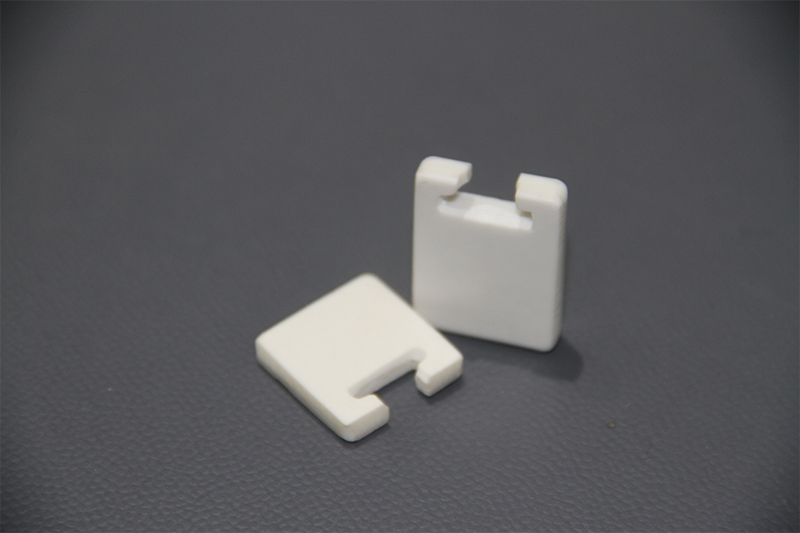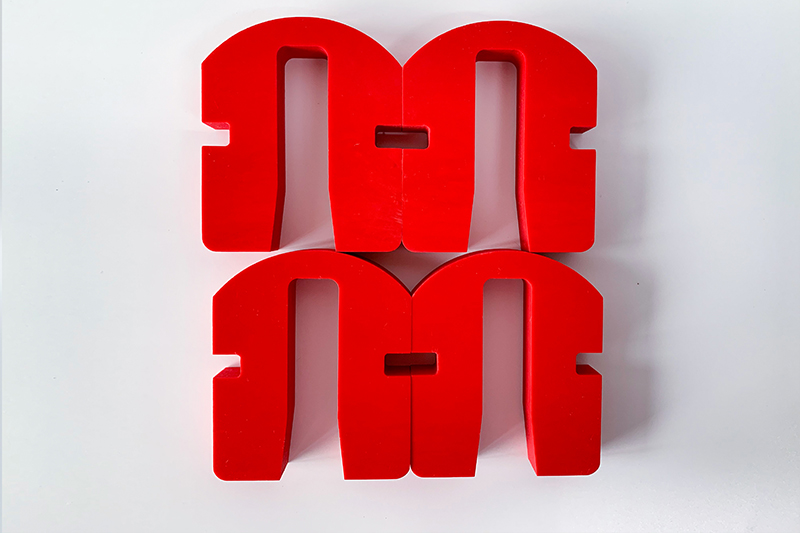In the electrical and structural engineering fields, SMC and GPO-3 are two commonly used thermoset composite materials. While somewhat related, they differ significantly in their fundamental definitions, performance characteristics, and application scenarios. This article will provide a multi-dimensional comparative analysis to help you clearly understand the core differences between the two.
Core Attributes: A general term for a material manufacturing process and prepreg form.
Composition: A sheet-like prepreg semi-finished product impregnated with a mixture of resin, chopped glass fiber, filler, and various additives.
Molding Method: The final structural component requires a hot press molding process.
Flexibility: The formulation can be flexibly adjusted to meet specific needs, making it a customizable material platform.

Core Attributes: A finished material type with well-defined performance specifications and industry standards. Composition: A rigid sheet material made using an unsaturated polyester resin matrix, alkali-free glass fiber, and inorganic mineral fillers (such as aluminum hydroxide) through a hot-pressing process.
Essential Characteristics: A standardized end product whose performance must strictly meet specific standards for the electrical industry.
Relevance: Most GPO-3 materials are manufactured using the SMC process and are a subcategory within the SMC material family.
Excellent Mechanical Properties
It offers outstanding comprehensive mechanical properties, strong rigidity, and excellent impact resistance, making it particularly suitable for manufacturing high-strength, load-bearing structural components that must withstand heavy loads.
High Dimensional Stability
As a thermoset material, it exhibits extremely low shrinkage, resists deformation after molding, and maintains precise dimensions for extended periods.
High Designability
By adjusting formulation parameters such as resin type, fiber content, and filler type, it can be tailored to meet diverse requirements, including insulation, flame retardancy (such as achieving UL 94-V0 rating), and corrosion resistance.
Excellent Electrical Insulation
Designed specifically for electrical applications, it possesses extremely high electrical insulation strength and arc resistance, making it a classic material in the electrical insulation field.
Reliable Flame Retardancy
It possesses excellent flame retardancy and self-extinguishing properties, consistently achieving the UL 94-V0 flame retardancy rating.
Clear Mechanical Performance
Mechanical strength and rigidity are generally lower than those of general-purpose SMC materials, and its performance design prioritizes electrical safety over high load-bearing strength.

Automotive Industry
Body components: Such as front-end modules, fenders, and engine hoods, leveraging their high strength, lightweight, and flexible design capabilities to achieve complex shapes.
Electrical components: Such as battery boxes and charging port covers, meeting IP67 protection levels and stringent flame retardancy requirements.
Electrical Insulation
High-voltage switchgear components: Such as circuit breaker housings and insulating partitions, successfully replacing traditional metal and ceramic materials.
Power equipment components: Such as motor end caps and transformer bases, capable of withstanding continuous mechanical vibration and electrical stress.
Low-voltage Electrical Insulation
Switchgear interiors: Used for partitions and busbar insulation clamps, ensuring electrical safety with high insulation resistance and arc resistance.
Power equipment supports: Such as transformer supports and capacitor housings, requiring long-term stable electrical performance.
Rail Transit
Electrical system components: Subway and high-speed rail electrical boxes, connector insulators, and other components, offering outstanding impact resistance and environmental aging resistance.
New Energy Field
Internal insulation of equipment: For example, internal insulation brackets for wind turbine converters and photovoltaic inverters can adapt to complex outdoor temperature and humidity fluctuations.
If you need our products please write down any questions, we will reply as soon as possible.
There are three ISO certificates for quality certification. The certificates will be shown later. ISO
After receiving the advance payment, the production cycle is 15-25 days. And the transportation cycle should be calcul……
We supply with installation guide and user manual for each transformer. If you do not understand them. We will offer v……